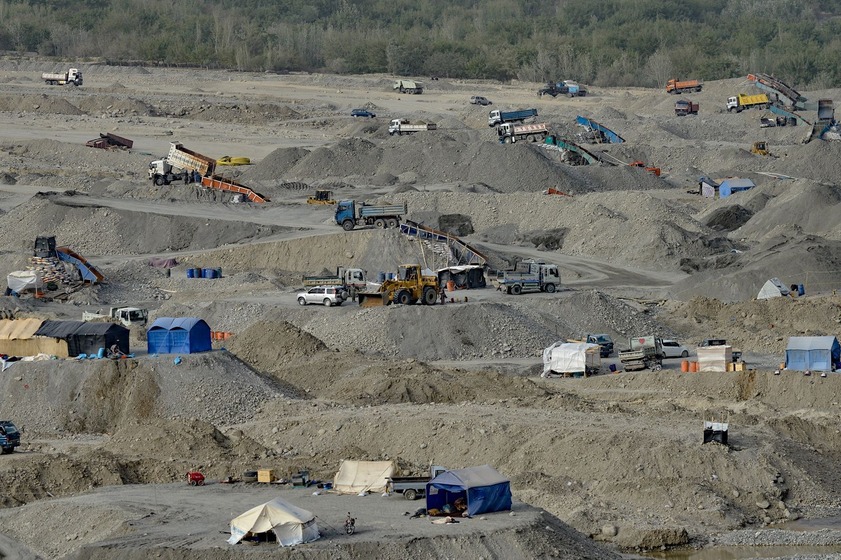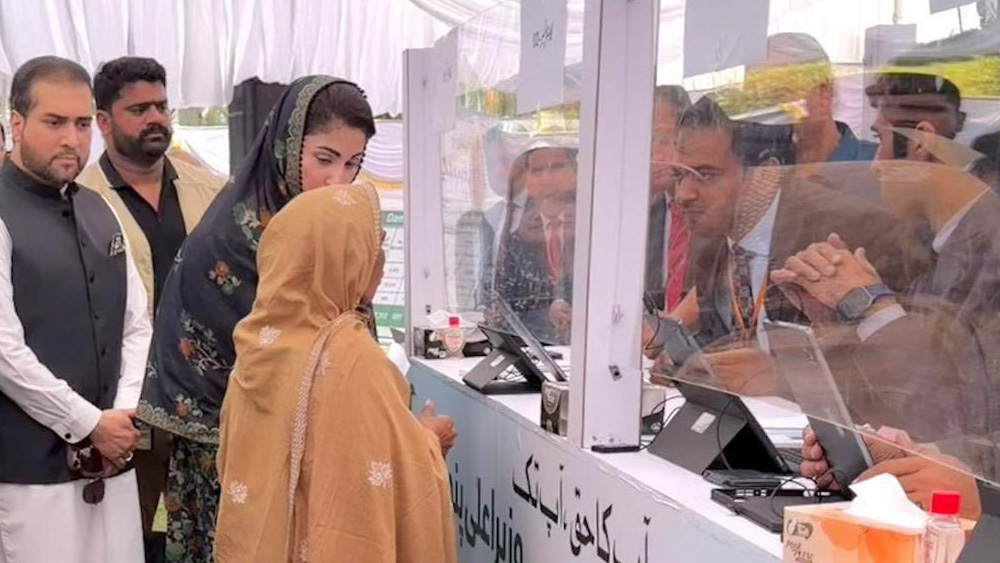ISLAMABAD: Fierce clashes among rival Taliban factions in Afghanistan’s Badakhshan province over the control of lucrative gold mines are exposing widening internal divisions within the group, according to officials and local reports.
The ongoing disputes underscore how competition for valuable mineral resources continues to drive instability, corruption, and armed conflict in the region.
The mines, which once served as a significant source of revenue for the Taliban during their insurgency, have now become the center of violent power struggles among different Taliban-aligned groups.
On Wednesday, Afghan interim security officer Abdul Halim Hamidi was killed in a confrontation with an armed group linked to a businessman in Badakhshan, according to local media.
Spokesperson for the Taliban-run Badakhshan Police Headquarters, Ehsanullah Kamgar, said the group involved was made up of “10 to 12 armed men associated with a businessman active in the mining sector.”
Kamgar said the men had been the subject of multiple complaints before security forces were deployed.
This incident followed several recent confrontations in the Shahr-e Buzurg district. Earlier this week, at least five Taliban members were killed and three wounded when clashes broke out between local and non-local Taliban fighters over mining control.
Local reports named Shafiqullah Hafizi, current Taliban director of mines in Badakhshan, and Abdul Rahman Ammar, the former head of the department, as key rivals in the dispute.
During the fighting, Abdul Hamid, operations chief of the Taliban’s Border Brigade, was among those killed, according to local media.
Earlier this month, at least 10 Taliban members were also killed in heavy clashes in Yalor village, Yaftal district, involving Taliban members from Helmand and local Taliban fighters from Badakhshan. Local Taliban members accused fighters from Helmand of “seizing the gold mines” and cutting them off from revenue.
Reports in Badakhshan suggest that Taliban members from the southern provinces were supported by the provincial Taliban governor and police chief, further deepening internal resentments.
Strategic and economic Importance
Badakhshan has long served as a key corridor for armed groups operating in northeastern Afghanistan. The Shahr-e Bozorg district borders Chah Ab in Takhar, providing access to Dasht-e Archi in Kunduz. A route historically used by insurgents.
The Global Initiative Against Transnational Organized Crime has noted that natural resources in Badakhshan are a major driver of conflict, stating that competition for the mines has “created conditions of lawlessness and conflict and a hollowed-out state.”
Estimates suggest Afghanistan holds nearly $1 trillion in untapped mineral reserves. Tolo News, citing a security chief in Badakhshan, reported that the Taliban earn approximately $0.4 to $0.7 million per month from the Raghistan gold mine alone.
Historical precedent
The struggle for control of Badakhshan’s gold mines predates the Taliban takeover in 2021. In 2014, a local commander named Abdul Malek seized the mines, claiming that local MP Zulmai Mujadidi had personally profited from exploiting them for over a decade.
By 2016, the Taliban were reportedly receiving around 50% of mine revenue, allowing them to expand influence in the region prior to their return to power.
Regional spillover
The conflict has also taken on a cross-border dimension. On August 24, 2025, Taliban fighters and Tajik border forces exchanged fire near the Panj River in Badakhshan, after mining activities altered the river’s flow and threatened farmland on the Tajik side, according to reports. This was the first direct armed encounter between Tajik forces and the Taliban since 2021.
While the Taliban have largely suppressed rival insurgent groups, such as the Islamic State Khorasan Province (ISKP), internal conflicts driven by competition for natural resources are emerging as a significant and escalating challenge to their authority.






